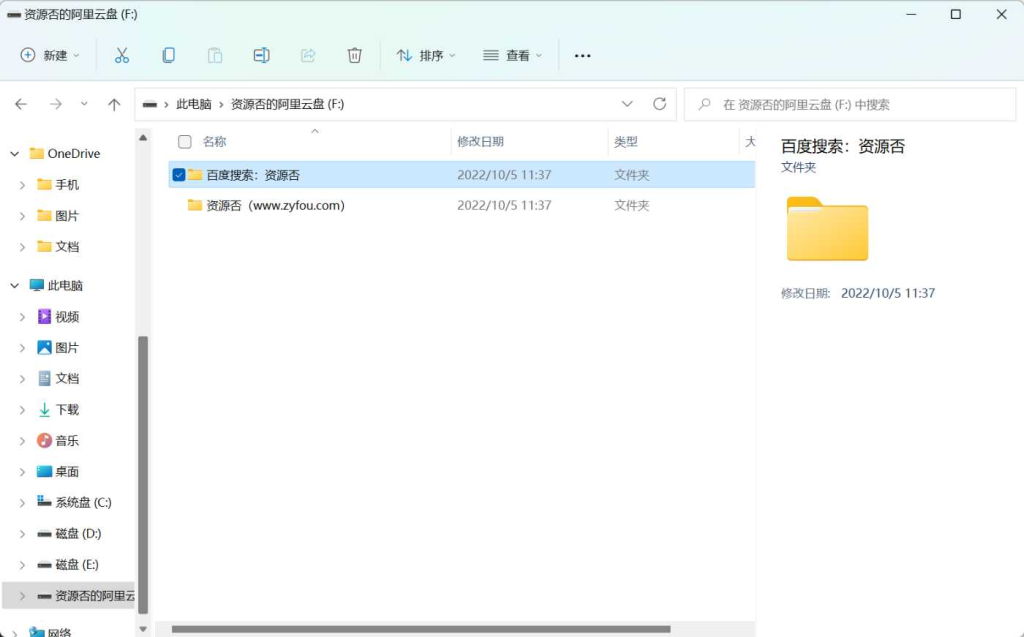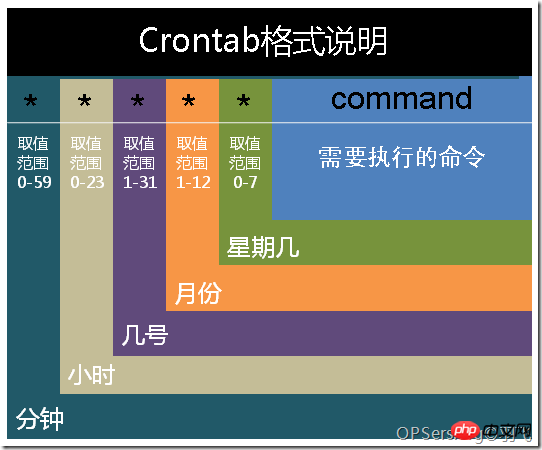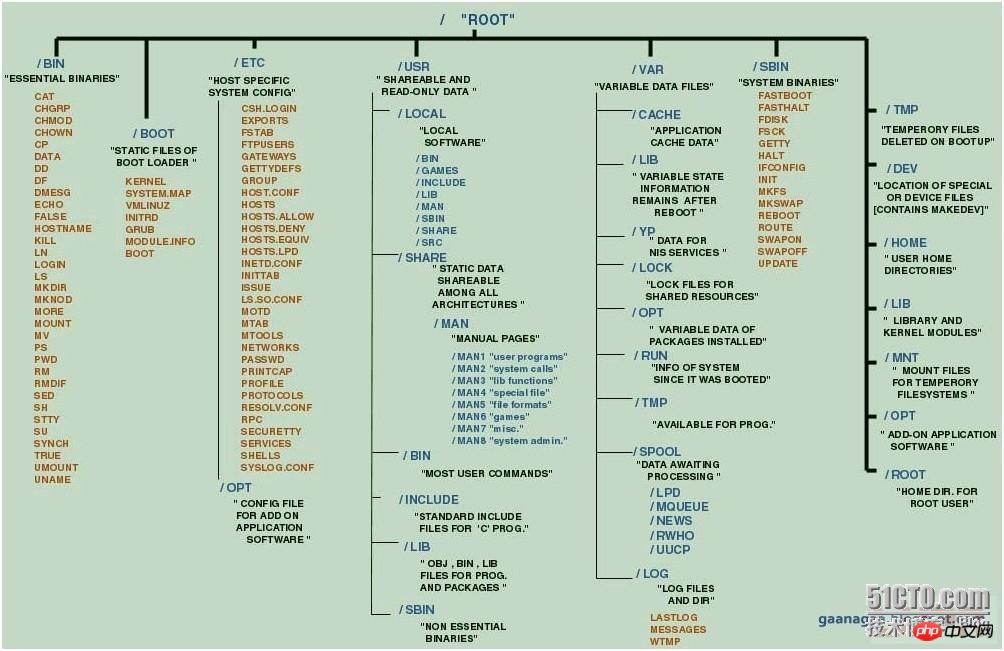
linux Fuse 技术的兴起与发展历程
随着计算机技术的不断发展,操作系统作为计算机系统的核心软件之一,也在不断进行着前沿技术的研究与应用。Linux 操作系统作为一种自由开源的操作系统,给开发者提供了丰富的扩展性和定制性。在 Linux 系统中,Fuse(Filesystem in Userspace)技术就是一种突破性的创新,它允许开发者在用户空间实现自定义的文件系统,而无需修改内核代码,从而为用户提供了更多的灵活性和自由度。
Fuse 技术的发展历程可以追溯到 2003 年,当时开发者 Miklos Szeredi 提出了 Fuse 的概念,并凭借着其开源特性,很快引起了广泛关注。Fuse 的出现使得用户可以通过在用户空间编写文件系统,实现对特定功能的定制和扩展。与传统的文件系统开发方式相比,Fuse 技术的应用更加简便和灵活,极大地降低了开发者的开发难度。
在 Linux 系统中,Fuse 技术的应用领域也越来越广泛。例如,通过 Fuse 技术,用户可以实现对远程文件系统的访问,如 sshFS(通过 SSH 协议挂载远程文件系统)、S3FS(通过 Amazon S3 挂载文件系统)等,极大地方便了用户对远程文件的管理。此外,还可以利用 Fuse 技术实现加密文件系统、虚拟文件系统等功能,为用户提供更加安全和便捷的文件操作体验。
下面我们通过一个具体的代码示例来演示如何使用 Fuse 技术实现一个简单的虚拟文件系统。在这个示例中,我们将实现一个简单的 Fuse 文件系统,用户可以通过该文件系统向特定目录写入文件,同时该文件系统会将文件内容转换为大写形式再存储。
首先,我们需要安装 Fuse 开发工具包,并创建一个工作目录。然后,我们来看一下实现的核心代码。
#define FUSE_USE_VERSION 30 #include <fuse.h> #include <stdio.h> #include <string.h> #include <errno.h> #include <fcntl.h> #include <unistd.h> #include <ctype.h> static const char *hello_str = "Hello World! "; static const char *hello_path = "/hello"; static int hello_getattr(const char *path, struct stat *stbuf) { int res = 0; memset(stbuf, 0, sizeof(struct stat)); if (strcmp(path, "/") == 0) { stbuf->st_mode = S_IFDIR | 0755; stbuf->st_nlink = 2; } else if (strcmp(path, hello_path) == 0) { stbuf->st_mode = S_IFREG | 0444; stbuf->st_nlink = 1; stbuf->st_size = strlen(hello_str); } else { res = -ENOENT; } return res; } static int hello_open(const char *path, struct fuse_file_info *fi) { if (strcmp(path, hello_path) != 0) return -ENOENT; if ((fi->flags & 3) != O_RDONLY) return -EACCES; return 0; } static int hello_read(const char *path, char *buf, size_t size, off_t offset, struct fuse_file_info *fi) { size_t len; (void) fi; if (strcmp(path, hello_path) != 0) return -ENOENT; len = strlen(hello_str); if (offset len) size = len - offset; memcpy(buf, hello_str + offset, size); } else size = 0; return size; } static struct fuse_operations hello_oper = { .getattr = hello_getattr, .open = hello_open, .read = hello_read, }; int main(int argc, char *argv[]) { return fuse_main(argc, argv, &hello_oper, NULL); }</ctype.h></unistd.h></fcntl.h></errno.h></string.h></stdio.h></fuse.h>
在这段代码中,我们定义了一个简单的 Fuse 文件系统,包含了三个主要的函数:hello_getattr、hello_open、hello_read。这些函数分别用于获取文件属性、打开文件和读取文件内容。通过这些函数的实现,我们可以很容易地对文件系统的行为进行定制。
编译并运行以上代码,然后在挂载点目录下创建一个文件,并写入内容,你会发现写入的内容被存储到文件系统中之前被转换成了大写形式。
总的来说,Linux Fuse 技术的发展历程可以说是不断充满活力和创新的。通过 Fuse 技术,开发者和用户可以实现各种各样的文件系统定制和扩展,为用户提供更加丰富和灵活的文件操作体验。在未来,随着技术的不断更新和完善,相信 Linux Fuse 技术将会进一步发展壮大,为 Linux 操作系统带来更多的可能性和潜力。













